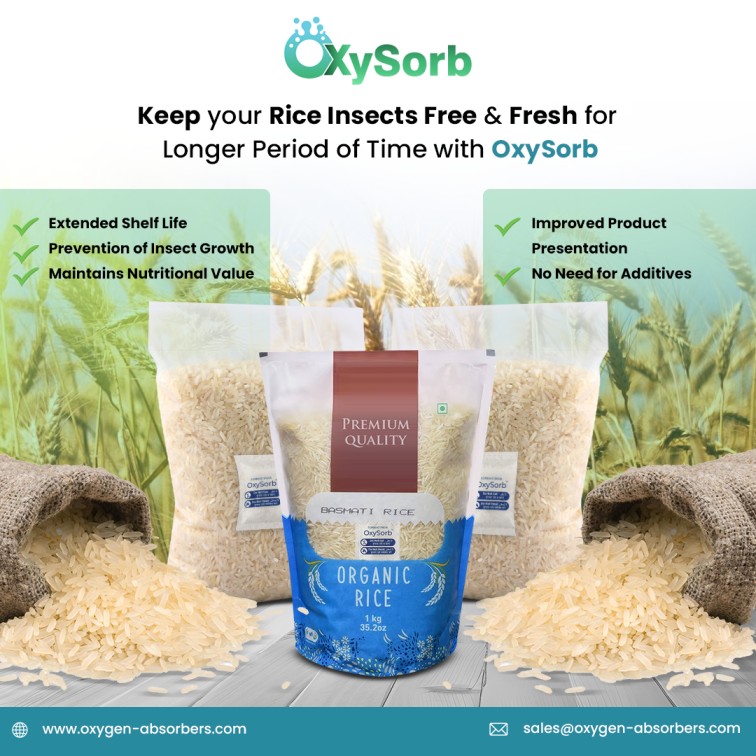Jaggery is famous and used as an alternative to sugar in many parts of India. Jaggery is a type of unrefined sugar made from palm and sugarcane sap. It is primarily produced in various parts of Asia and Africa.
How is jaggery made?
Jaggery is usually made from concentrated sugarcane juice. There are two types of jaggery, one made from sugarcane and the other one made from the palmyra palm tree. In making jaggery, the sugarcane sap from palm trees is boiled for hours, and then we obtain the concentrated liquid. The liquid is then poured into the moulds to dry and settle properly. After the liquid is completely dried, it is packed in boxes and delivered to stores.
Jaggery is also categorised into two different colour types: pale gold and deep brown. The colour range depicts the sweetness of the jaggery. It has been said the darkest variety is the purest form and therefore has the best flavour and sweetness than other jaggeries.
Palm jaggery vs jaggery:
Both have different tastes. Palm jaggery is generally made from coconut juices. The jaggery is made from palm tree extracts and has several numbers of vitamins and minerals contained inside. However, palm jaggery is a rich source of essential minerals, restores healthy digestion and gives relief from constipation.
Whereas normal jaggery is made from sugarcane juice, detoxes the liver, and activates digestive enzymes in the body. Jaggery also purifies the blood and boosts immunity. Jaggery is generally made by extracting sugarcane sap, obtaining concentrated sugar, and molding it into different shapes.
Can jaggery get affected by fungus?
As per studies, jaggery has moisture and carbohydrates. This combination makes the jaggery ideal for breeding fungus in it. It has been said that if jaggery is not preserved with preservatives and chemicals, it is more likely to have fungus growth. Fungus growth rises, especially during summers. Jaggery is made during winters, with 5% moisture inbuilt in jaggery. The humidity content helps retain the taste and colour of the jaggery and even helps increase the product's shelf-life. However, summers can also result in melting the jaggery. The growth of fungus in jaggery can be prevented by using food-grade desiccant like an oxygen absorbers and the silica gel packets. These can be filled together or individually, while packing the jaggery.
A study conducted on commercial jaggery observed the effect of storage period on the quality of jaggery. Experimental data revealed that moisture content in jaggery could be increased from 12.07% to 22.36% in open storage, decreasing to 9.23% in bin storage. Lastly, while packed in plastic bags, moisture content was increased to 15.84%. This also results changing in the colour of jaggery. Therefore, the colour of the jaggery becomes darker during storage.
Furthermore, jaggery's optical density and acidity were slightly increased during storage. So, to maintain the quality of jaggery, an oxygen absorber and silica gel packets must be stored with an oxygen absorber.
How is jaggery stored?
After the concentrated liquid takes its shape and settles down properly, the storing process starts immediately. Jaggery is usually packed in airtight containers in a cool and dry place. It can also be stored by breaking it into small pieces.
Best methods for preserving jaggery:
- Storing in zip-lock bags: The zip-lock bags can keep the jaggery held for at least 1 to 2 years and retain its taste and colour. While storing jaggery, it would be best if you always remembered that no air goes inside the zip-lock bag. Otherwise, the colour and flavour of the jaggery will not be retained and even spoil the shape. If you don't have a zip-lock bag available, you first wrap the jaggery with paper, cover it with plastic, and store it in an airtight container.
- Storing in the fridge: Before storing the jaggery in the refrigerator, never pack it in a plastic box. Always try to store jaggery in a steel container. Storing jaggery in plastic can spoil the colour and taste of the jaggery. At least for 6 months or more, jaggery can be stored if we pack it properly without any moisture or air inside the container.
- Storing in dry leaves: To prevent jaggery from getting spoiled for a long time, you use "Dona", made from dry leaves. Dona should be kept below the jaggery, and the jaggery needs to be fully covered up with Dona. Storing with Dona can protect jaggery for 6 months and more.
As we have read above, there are three types of storing methods, but there is still another better method of using an oxygen absorber for storing jaggery. The absorber keeps the product dry and removes excess oxygen from the packed jaggery.
Storing with an oxygen absorber and silica gel packets:

An oxygen absorber is the best for storing jaggery. While packing jaggery, excess oxygen can be stored with the product and can spoil the taste, shape and even the colour of jaggery. So, use an oxygen absorber to avoid damaging jaggery. The absorber will never spoil the taste and colour of the jaggery and will never react with the inside content.
Oxygen absorbers contain a mixture of iron powder, zeolite powder, salt and water. The absorbers are food grade approved.
Here are a few reasons to use oxygen absorbers:
- Extend shelf-life
- Preserving food without using chemicals or additives
- They keep unwanted organisms away from the food
Silica gel packets are also beneficial for removing the excess moisture from the stored jaggery packets. Similar to oxygen absorber prevents spoilage of jaggery. Silica gel packets never react with the inside content, whether jaggery or any other food product. It is also said that silica gel is not widely used as an oxygen absorber in the food industry. Silica gel is only preferred for certain dried fruits and dried meat.
Thus, the oxygen absorber and silica gel packets can be used together to remove oxygen and prevent moisture from jaggery. Both can improve the shelf-life and store jaggery for a long time, compared to other storing methods.
Therefore, here is the answer to storing jaggery for a long time, using an oxygen absorber and silica gel packets.

Lastly, now you may have got answer to your questions regarding storing jaggery. Using an oxygen absorber for storing jaggery. It is added inside the enclosed packets consisting of jaggery to prevent the growth of fungus and store it for a long time. It also helps in decreasing the oxygen level inside the enclosed container. In addition, the absorber helps retain the food product's taste, smell and structure.








